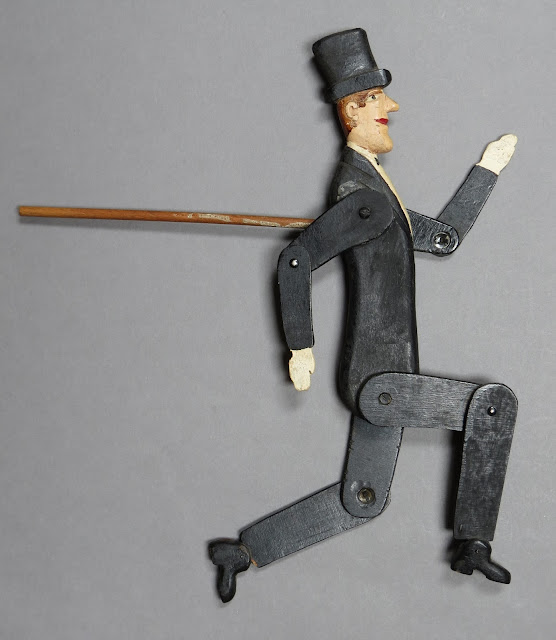Boxing Day was beautiful in North Yorkshire - cold and bright, with a picturesque mist over the fields - perfect for a relaxed post-Christmas wander, nothing much for us to do for a change.
*
I'd spent the morning looking through an old book, picked up recently in the local Oxfam shop;
"Victorian Ouseburn - George Whitehead's Journal"
George must have been a plain-speaking chap - intent on recording facts as he found them, with little emotion or detail, he notes;
"Mr. Henry Thompson's men dug a skeleton up which was supposed to be that of a man. The same day found one of a boy as well, March 28th 1844."
"William Kendrew hanged at York for shooting Mr Inchbald at Low Dunsforth."
"Our black mare (Darling) laid in of a foal."
"Jane and me went to Monkton feast."
"Mrs Abbey lost her farm and Thomas Abbey got it."
I read on...
"Robinsons set off for Scarboro' Friday July 4th 1845."
"Robinsons came back from Scarboro' Friday Aug 8th 1845,"
"Miss Lydia Robinson made her exit with Henry Roxby (a play actor) Monday morning, Oct 20th. They went to Gretna Green and got married that night. She was a fortnight turned 20 years that day. A bad job 1845."
("Finished shearing beans and peas, Oct 20th 1845.")
Then the penny dropped and I remembered who the Robinsons were!
A clergyman's family living at Thorpe Green House, near Little Ouseburn, the Robinsons had employed Anne Bronte as a governess between 1840 and 1845, and also Branwell Bronte, as a tutor to their son, from 1843.
Though nothing but an old brick wall remains of their house, we were able to follow Bronte footsteps down Thorpe Green Lane, a route regularly taken by Anne on her way to Little Ouseburn Church...
...past fields and a gatehouse, a remnant of another grand house, Kirby Hall. Most of Kirby Hall was demolished in the 1920s, but when Anne Bronte walked past, it was still a fine Palladian-style mansion. It inspired Ashby Hall in her novel "Agnes Grey."
Little Ouseburn Church drawn by Anne Bronte.
Anne took a while to settle into her position with the Robinsons, though by 1843 she was so well loved by her young pupils that they gave her a spaniel which she named Flossy.
Flossy painted by Charlotte Bronte.
George Whitehead's diary does not mention Anne the governess, nor her brother Branwell, though he records Robinson family trips to Scarborough which it is known that Anne enjoyed, and he mentions some of the emotional turmoil that took place in the family during 1845, when the oldest Robinson daughter, Lydia, eloped with an actor. I wonder if George also knew about the rumours of Branwell's affair at this time with Mrs Robinson, later referred to by Charlotte Bronte's friend and biographer, Elizabeth Gaskell, as "that bad woman who corrupted Branwell Bronte". Branwell confided to a friend that Mrs Robinson's personal maid had seen him "do enough (with her) to hang me."
Little wonder that he was dismissed from his position by the Reverend Edmund Robinson in 1845, the year in which Anne also left Thorpe Green, almost certainly because of her brother's misdemeanours. I was unsurprised that, after this year of high emotion, I read this in George's diary;
"Rev. E Robinson was interred, June 5th. There was about 60 Odd Fellows followed him. His Mrs and Misses Elizabeth and Mary and the young master followed him to the church 1846."
Rumour has it that Branwell hoped that the newly widowed Mrs Robinson would marry him, but this was not to be...
"Mrs Robinsons labouring men, 4 in number, namely John Abbey, Thos. Brigg, Richard Bowser Jr. and Geo. Kaye paid off Aug 1st."
"Mrs Robinson's land let about July 25th 1846.""Mrs Robinson's sale at Thorpe Green. Farming stock and implements. Feb 12th 1847"
"Mrs Robinson had a sale of oak wood at the Black Swan York March 2nd 1847"
"All Robinsons left Thorpe Green March 3rd. Mrs went among her relations that day and the young master and the young ladies were at Lodgings at York until March 10th and they went southward to their Mamma. It will be a bad job for many people them leaving Thorpe Green 1847."
Branwell Bronte died in 1848, Anne in 1849.
Flossy the spaniel died in 1854.
Edmund Robinson, Branwell Bronte's pupil, died in a drowning accident at Newby Hall, near Boroughbridge, in 1869. Six men drowned in the Nidd Ferry Disaster when out hunting, a horse having panicked, capsizing the ferry in the storm-swollen River Nidd.
***









































.JPG)
_-_geograph.org.uk_-_755605.jpg)








